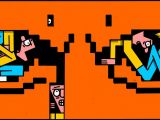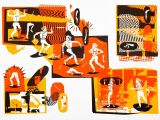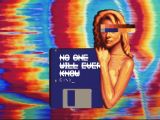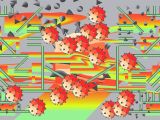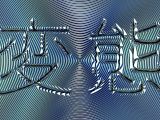An online gallery comprises artistic representations of infamous malware that affected users around the world at one time or another, created by various authors.
The project has been founded by Bas van de Poel, a writer from Amsterdam, who also curates the collection currently holding 23 entries.
“They steal our files, corrupt our hard drives and destroy our lives. We scan. We block. Do everything we can to prevent infection. Computer viruses. We hate 'em.
“Nevertheless, we remain fascinated by their evil plots. This fascination led to a new kind of art collection - Computer Virus Catalog. The worst viruses in computer history interpreted by artists around the world,” reads the description of the website.
The Computer Virus Catalog includes visualizations of malware that have circulated on different platforms, from the old DOS to the newer Windows operating systems.
The collection includes the very first viruses, most of which served no other purpose than annoying the computer user, to more advanced, government-grade pieces of malware, such as Stuxnet.
Each of the entries is accompanied by a brief description relating the damage that could be inflicted by the malicious code and how it manifested.
Apart from the interesting information about the malware, the visual interpretation of the artists also deserves some attention.
Among the examples is the Cookie Monster, created before 1970 and considered to be the very first virus to infect computer systems. It would just freeze the system and demand a cookie; typing the word “cookie” would be the key to unlocking the computer.
Another one, Techno, activated randomly and played a techno piece while the word “techno” was plastered across the display.
Although some of the entries in the catalog refer to viruses that did not pose a threat to the integrity of the files stored on the hard drive, there are also examples of code that would wreak havoc.
One of the most damaging is Implant, running on DOS, which would erase the hard drive after rebooting the computer.
On the same note, “ILOVEYOU,” also known as “Love Letter,” infected tens of millions of computers in 2000 and would overwrite image files and then spread by sending a copy of itself to all the contacts in the Microsoft Outlook address book. It is said that it caused losses of billions of dollars at the time of the outbreak.
Any artist is free to contribute to the project and add their artistic view of a virus, based on a registered account.
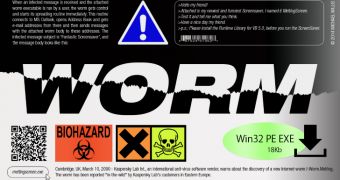
 14 DAY TRIAL //
14 DAY TRIAL // 
